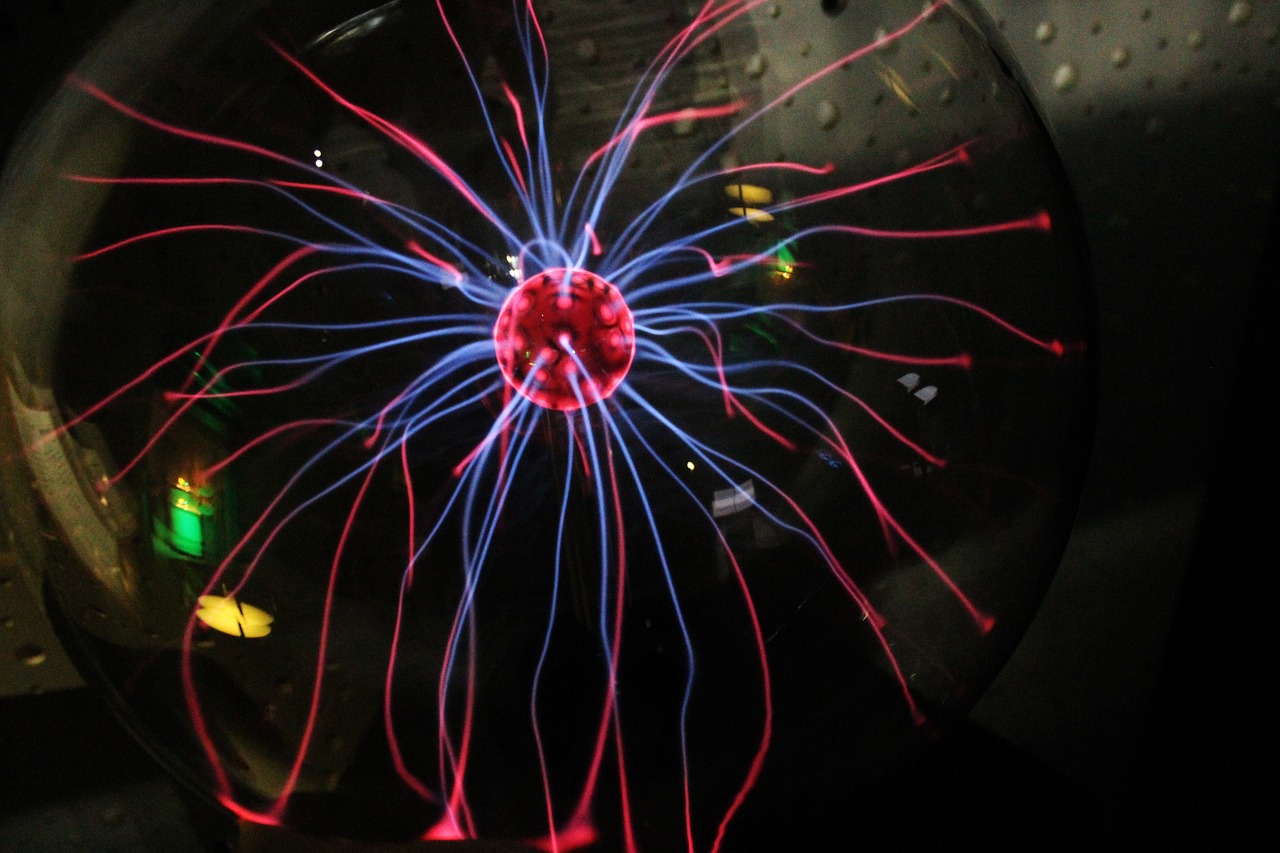Sparc
Publish date 12-01-2021

The MIT researchers have just laid the physical and theoretical foundations for Sparc, a new nuclear fusion reactor that according to seven newly published studies could finally work. Nuclear fusion (different from nuclear fission) consists in the fusion of hydrogen isotopes at very high temperatures (hydrogen loses electrons and forms an ion plasma) to produce immense amounts of energy and helium atoms (reaction waste) without needing extra energy.
Everything will happen thanks to the tokamak, a special donut-shaped reactor in which the fusion reaction takes place. Since the plasma is extremely hot, it must be confined by means of magnetic fields: Sparc will exploit an innovative electromagnetic technology that uses high-temperature superconductors capable of producing a much higher magnetic field. The construction of Sparc is expected to start as early as next spring and last for four years. Tests and experiments will follow and, if successful, we will start with the construction of a power plant capable of using fusion energy. Until then let's remember to turn off the lights when we go out.
Stefano Ravizza
NP november 2020







